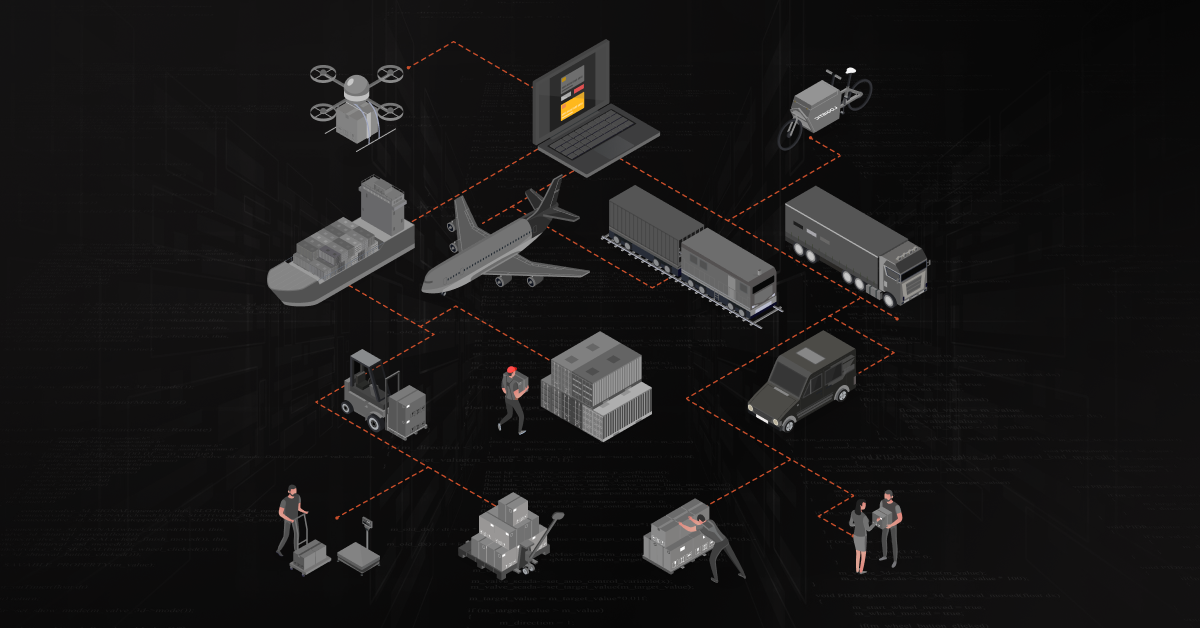Upgrade to Magento 2 with experienced and certified professionals available in the market. Get in Touch.
When Magento Open Source 2.2.4 was released on May 2, 2018, it seemed that nearly every agency, developer, and Magento store had something to say about the changes that had been unveiled. This shouldn’t be surprising: Magento is big news. According to some estimates, there are nearly a quarter million Magento stores in existence, and the online marketplace is always getting bigger.
Almost two months have passed since the inception of Magento 2.2.4. And yes, we know that constitutes an eternity in the fast-moving world of online commerce. However, we still believe that we have some valuable and unique insights to share with you in this blog post. Our dedicated team of developers has worked with and tested the newest Magento releases extensively, and we’ve compiled a few of our most useful insights below.
What’s new in Magento 2.2.4?
Like most updates that Magento introduces, version 2.2.4 strives to make the platform a more profitable place for the countless stores selling through Magento. The main themes behind this release: increasing the conversion rates and decreasing cart abandonment. These are universal problems for most of the e-commerce businesses, which is why Magento is working to put new tools into the hands of store owners around the world. Broadly speaking, there were three main groups of changes implemented in Magento 2.2.4:
- New payment-related extensions
- Critical platform enhancements
- Functional bug fixes
Let’s take a quick look at the specifics of each of these categories in order to better understand how Magento 2.2.4 will impact your e-commerce store.
New payment-related extensions
One of the biggest causes of abandoned carts and lost conversions in the e-commerce world? Asking visitors to login in order to make a purchase. In fact, even requiring guests to provide excessive amounts of repeated information can drive potential customers away in this fast-paced, data security-conscious age. That’s why installing one or more of these newly integrated payment-related extensions might be a wise investment for your business to make.
Amazon Pay
Alexa, Fire TV, Amazon Prime, Kindle, and Audible…the list of universally recognized Amazon products and services goes on and on. This is why it’s so exciting that Amazon will finally be part of the payment process for e-commerce stores. Trust is everything when it comes to asking customers for their payment information — so why not rely upon the trust already established by one of the most recognizable names in the e-commerce industry?
Still not convinced? Remember that convenience is almost as important as trust, and Amazon Pay is one of the fastest, most customer-oriented payment integrations in the world. Moreover, Magento allows users to log in through their Amazon accounts, making it easy for the eCommerce businesses to retrieve necessary pieces of personal information such as delivery address, billing address, phone number, etc.

Configuring Amazon Pay in Magento Backend
You can configure Amazon Pay payment option in Configuration → Sales → Payment Methods.
Vertex
The only thing less fun than paying taxes? Calculating taxes. This is especially true for small and medium-sized businesses operating globally. In fact, the long and complex process of figuring out location-specific tax obligations for customers around the globe used to be a major hurdle for any business looking to expand internationally.
Vertex SMB was created specifically with those kinds of problems in mind: a fully automated, cloud-based solution capable of calculating instant, accurate sales tax charges for customers anywhere on planet earth. Exceptions management, returns management, and tax reports are addition features boasted by this nifty service. And now that Vertex SMB is fully integrated with Magento, e-commerce store owners have a powerful solution to one of the most pressing issues at their fingertips.

Configuring Vertex in Magento Backend
You can configure Vertex tax settings in Configuration → Sales → Tax.
Klarna Payments
Klarna may be new to Magento, but it was actually founded in 2005 in Stockholm, Sweden. As of now, Klarna helps over 70,000 online merchants process payments in a diverse variety of fast and convenient ways. Like Amazon Pay, Klarna Smooth Payments benefit from a stellar reputation. Klarna is active in 14 global markets, serves up to 60 million users, and accounts for 650K transactions per day. Moreover, the system is renowned for its exceptional commitment to customer service. Klarna is also unique because it supports three distinct payment plans:
- Pay Now – Customers can pay in full using Direct Bank Transfer/Direct Debit. This can be done with all major cards and payment methods.
- Pay Later – Customers can buy now and pay later. Klarna allows Customers to pay for goods either 14 or 30 days after delivery.
- Slice It – Customers can spread the cost of their purchases over time at a low-interest rate. Klarna’s credit application process takes less than thirty seconds to complete, which helps make consumer products available to a broader market.

Configuring Klarna in Magento Backend
You can configure Klarna payment option in Configuration → Sales → Payment Methods.
Critical Platform Enhancements
In addition to the three aforementioned payment-related extensions, a few Magento enhancements have been announced that will add significant value to store owners.
Dotmailer Enhancements
Email collection (and subsequent email marketing) are crucial to the long-term success of just about every e-commerce store. After all, if you can’t build a consistent audience, you will be constantly spending time, money, and energy seeking new audiences.
Dotmailer offers one of the most powerful suites of email tools available to businesses in 2018. The Dotmailer Magento extension has helped countless organizations grow and thrive — which is why it’s so exciting that Magento 2.2.4 now includes an entirely new set of Dotmailer enhancements. Check out a quick run-down of these enhancements below:
Store owners can now…
- Design their own transactional email template
- Set transactional email at the Store level
- Access New Abandoned Cart report table
- Use advanced methods for syncing subscriber’s sales data
- Validate the deletion of cron job CSV files
Bundle products
Another critical platform enhancement worth taking note of is the release of a bundle product feature. It is now possible to duplicate a bundle product without stripping the original bundle product off its options. This is another big time-saver that will be especially valuable to organizations that sell a high volume, as it makes the flexible Magento platform even more adaptable.
[POSTCTA]Functional Bug Fixes
Before we conclude this article, we wanted to highlight a few of the specific functional bug fixes that we have identified as being the most noteworthy. However, it is important to note that new bugs are being found and fixed on a regular basis, so if you want the most comprehensive and up-to-date information, we recommend visiting the Magento Open Source 2.2.4 release notes or the Magento Commerce 2.2.4 release notes.
Catalog
- Magento no longer displays unused product attributes with a value of N/A or NO on the storefront.
- Fixed the “unexpected double slashes” issue in getUrl() method.
- You can save emojis in custom product options.
- Third-party category images now have size and type properties.
Cart and checkout
- Magento no longer combines the Custom Checkout and Shipping steps when Magento loads the checkout page.
- The XML_PATH_CUSTOMER_MUST_BE_LOGGED constant has been deprecated.
Dashboard
- The top destinations configuration field is now configurable on a store level.
- The scrollbar on the Admin store switcher is now scrollable on machines running OSX.
- Order confirmation emails from the Admin in multi-store environments are no longer default to the primary store, but instead, are sent from the store that the customer use.
General
- A customer can now successfully log out of a session and then immediately log back in (need not to wait until logout success page).
Import/ Export
- Product images and image labels from CSV files can now be imported.
- Supports importing file names with round brackets.
- The layout update XML field can be used to include custom CSS in CMS pages.
Payment methods
- The multi-shipping checkout flow supports the CyberSource payment method.
- Payment integration error messages are open for customization for Third party developers.
Performance
- Improved product image loading by adding an additional cache of getImageSize().
- Separate cache storage for each cache type.
Reports
- Improved accuracy of The Products in Cart report.
In Conclusion
If this felt like a lot to take in, you’re not alone. (And in fact, June 27th marked the release of Magento 2.2.5, meaning a whole new slew of changes have now hit the platform!) However, the fact that Magento is always changing and evolving is exactly what makes it great. If you are a Magento store owner, you can rest assured knowing that your platform is always improving, and becoming a better, more effective place to sell. If you ever need help keeping up with those changes, of course, we will always be here to help! Contact DCKAP today for more info on how we can be of service!.
Contents




